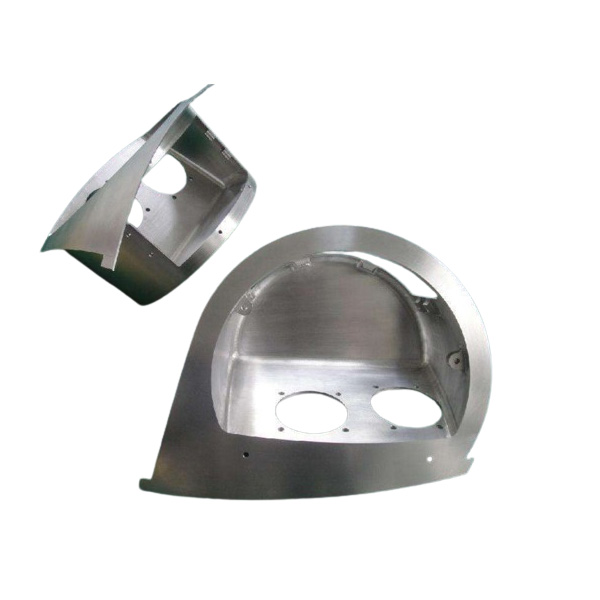
Prototype parts and machined parts - from design verification to precision mass production
In modern manufacturing, prototype parts and machining parts together form the core link from product concept to mass production. The former is used to quickly verify the feasibility of the design, while the latter is represented by precision parts, automotive parts, metal parts (aluminum parts), plastic products, etc., to achieve high-quality and large-volume output. The two complement each other to ensure that the product can achieve the optimal balance in terms of function, appearance and manufacturing cost.
Prototyping parts: the cornerstone of design verification
1. Functional testing
• 3D printed medical device prototype parts for ergonomic testing
• Prototyping of automobile parts to simulate crash tests and optimize safety structures
2. Modeling and assembly verification
• Plastic product sampling inspection button position and interface alignment
3. Material performance evaluation
• PEEK, aluminum alloy and other engineering materials are sampled to evaluate high temperature resistance and corrosion resistance
4. Iterate quickly
• Additive manufacturing can shorten the design cycle by 70%, compressing months of development into weeks
Machined Parts: Precision and Mass Production
1. Precision parts
• CNC machined stainless steel parts (tolerance ±0.01mm) for medical implants
• Five-axis milling of aircraft-grade aluminum parts (6061-T6) to ensure lightweight and strength
2. Auto parts
• Die-cast aluminum engine block (T6 heat treated), resistant to 100,000+ hours of thermal cycling
• Injection molding of plastic interior parts (multi-cavity moulds) for economical series production
3. Metal parts and aluminum parts
• Extruded aluminum profiles are used in electronic product casings, which are both thermally conductive and beautiful.
• Precision cast stainless steel food grade components, meeting FDA corrosion resistance standards
4. Plastic products
• Injection molding, blow molding, thermoforming and other processes, covering home appliance accessories, consumer electronics casings, etc.
Cross-industry collaboration: seamless connection from proofing to production
1. Design handover
• Use 3D scanning to obtain proofing stress analysis data to optimize tool paths and fixtures
2. Material transition
• Transition from ABS proofing to PC/ABS alloy to meet the impact strength requirements of plastic products
3. Process amplification
• After low-volume CNC prototyping and verification, switch to die-cast aluminum parts to reduce unit cost by 40%
Parameter comparison
Function/Property | Prototype Parts | Processed Parts (Mass Production)
Goal | Design verification, risk assessment | High quality, low cost and high volume
Material range | PLA, resin, nylon, etc. | Aluminum, steel, POM, engineering plastics
Tolerance | ±0.1–0.3 mm | ±0.001–0.01 mm
Surface roughness | Ra 12.5 μm and above | Ra <1.6 μm
Output | Several pieces – hundreds of pieces | Thousands – millions of pieces
• Hybrid manufacturing: 3D printed proofing parts are embedded with sensors to provide real-time feedback on the performance of automobile parts
• AI-driven optimization: Machine learning predicts tool wear, and the scrap rate of metal parts and aluminum parts is reduced from 5% to <1%
• Sustainable materials: Bio-based polymers are converted into recycled engineering plastics after proofing, reducing the carbon footprint by 30%
Prototyping parts and processed parts together build a complete manufacturing ecosystem from concept to market. The former reduces design risks through rapid iteration, while the latter relies on a variety of processes such as precision parts, automotive parts, metal parts (aluminum parts) and plastic products to achieve high-efficiency, high-quality and cost-effective mass production. Only by organically combining the two can we truly promote industrial innovation and product competitiveness.

